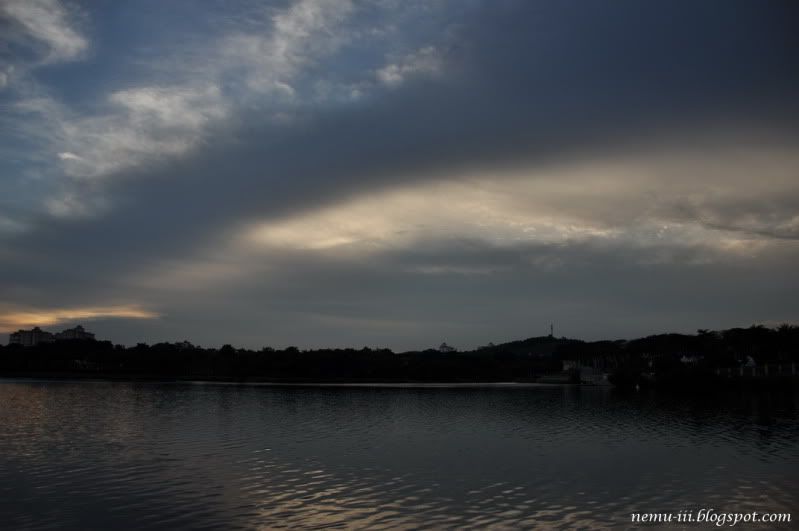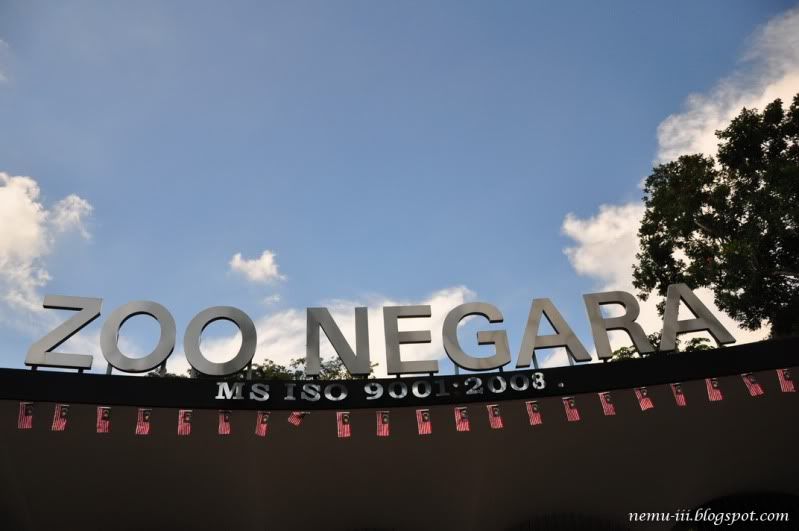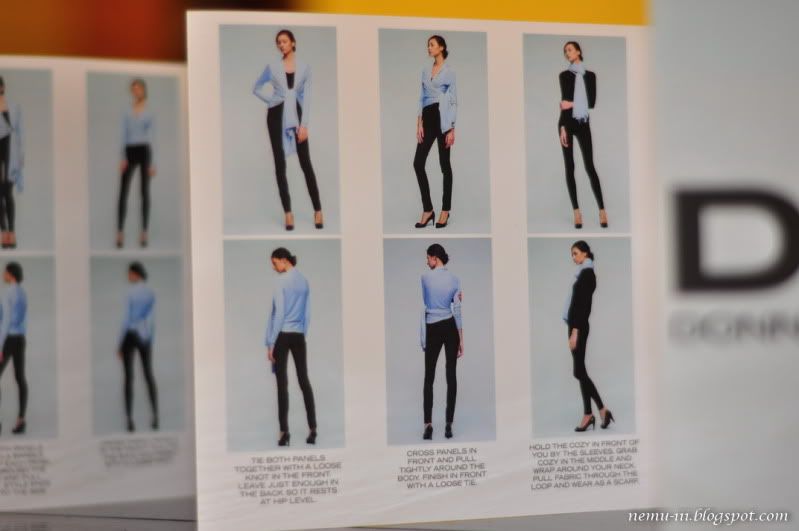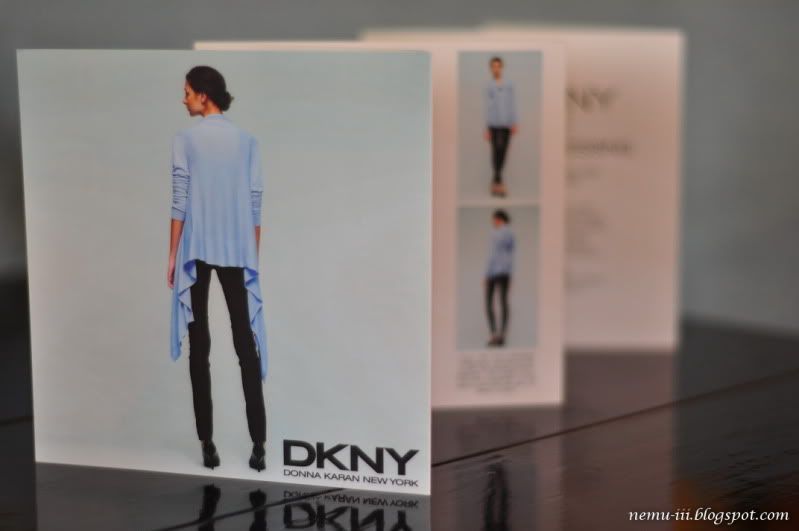Armed with just a loaner 35mm f/1.8G AF-S, with an equivalent focal length of 52.5mm on a DX crop factored camera (which is what my D90 is), see what the standard lens can bring to the table...
But before that, what is a standard lens? (WARNING: BORING STUFF AHEAD, JUST SKIP TO THE PICS OR OTHERWISE)
A standard (normal) lens is "A lens that provides about the same angle of view of a scene as the human eye and that does not unduly magnify or diminish the relative size of objects in the image." as quoted from
www.sederquist.com/clagloss.htmlOr scientifically, (very boring stuff) "let's conduct a thought experiment in which we take a picture, make a print on the spot, then see how it compares to the scene in front of us. Simple geometry (using the concept of similar triangles) states that a print viewed from a distance equal to it's diagonal will exactly match the subject in perspective when the focal length of the lens that was used to make the picture is equal to the diagonal of the sensor. When we use this approach to calculate the focal lengths of 'theoretically correct' standard lenses for various sensor sizes, the results are slightly surprising. Full frame works out as 43mm, 1.5x APS-C as 29mm, and Four Thirds, 21mm. This flies in the face of received wisdom (and convention), which suggests 50mm, 35mm and 25mm respectively." (
DPreview.com)
Simply put, its the lens that is about the same magnification as what our eyes perceives.
Note that this challenge is to use a fix focused length camera all day without changing lenses, with the purpose to reduce bulk on light travel.
The setting: PC fair 2010 (II)
First up, parked the car at Menara Keck Seng, and since its Saturday, the whole day parking rate is RM3.00 (after Saturday afternoon working hours).
And walked to Pavilion which is opposite, and saw this...
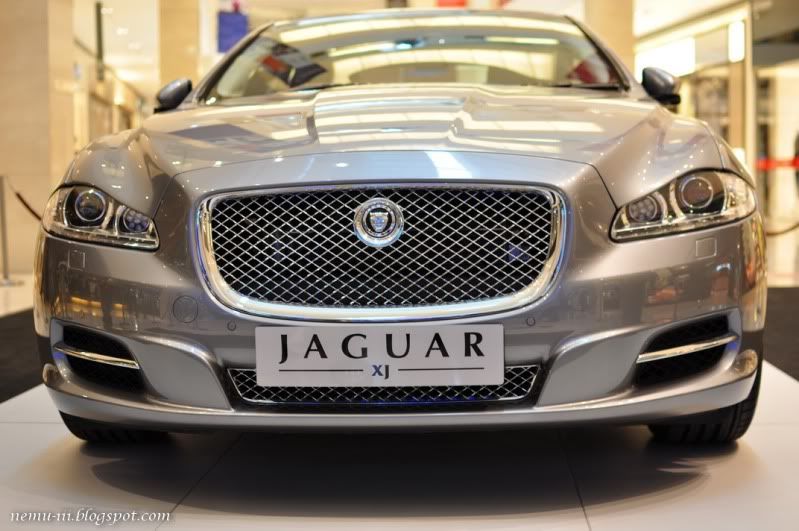
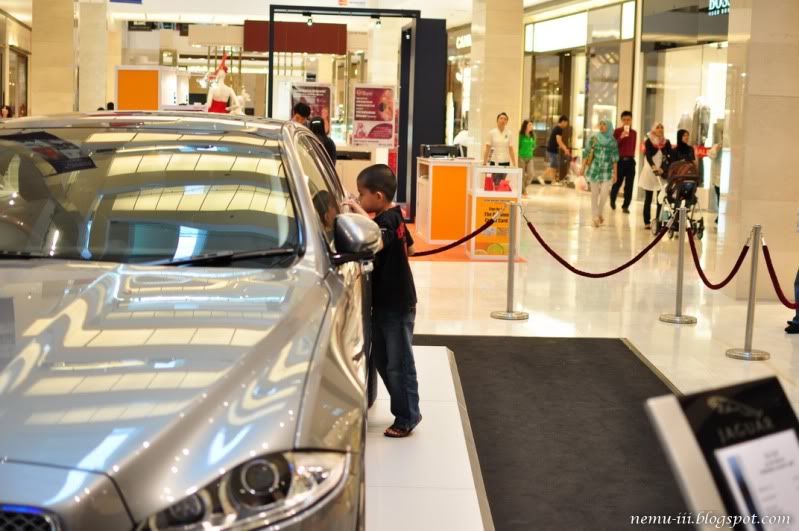
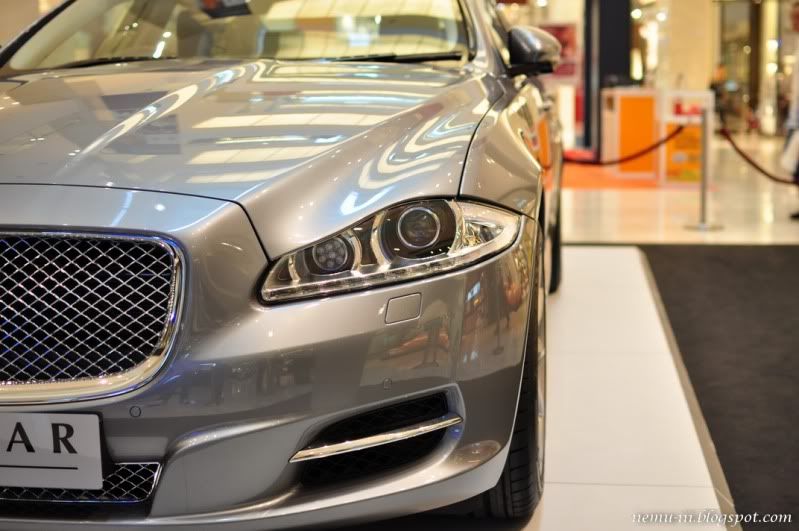

[Check out the price, close to a cool million ringgit, though gotta say that the rated fuel consumption is not bad]
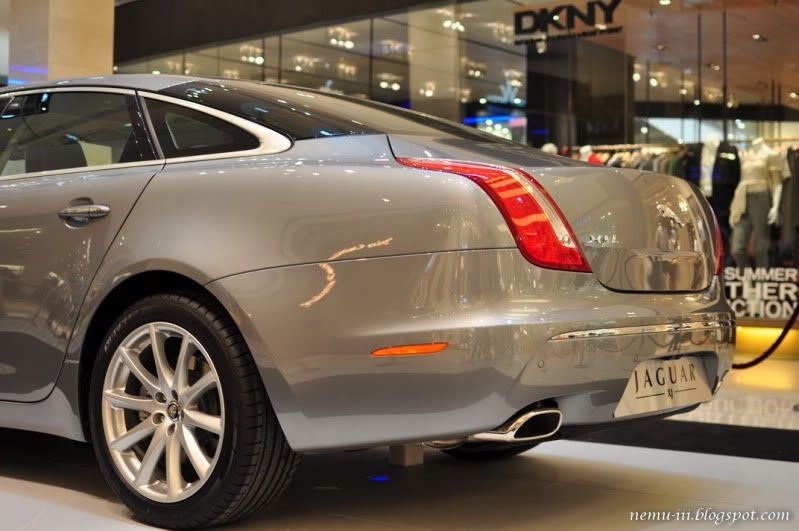
[Big Bum]
And later we passed by a construction site on the way over to KLCC [convention center]


[Now I sorta understand Kai W...]
And here we arrived at the PC fair...
Booth professional pics and some other interesting pics are next...


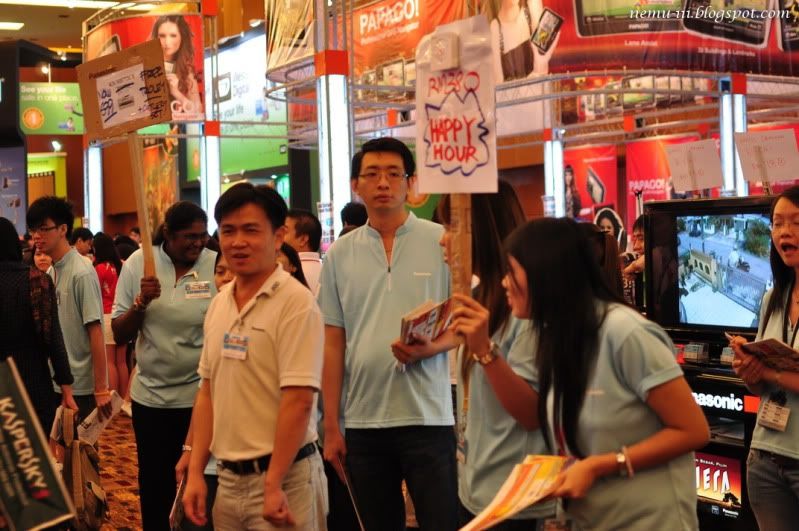
[A strike at the PC fair??]

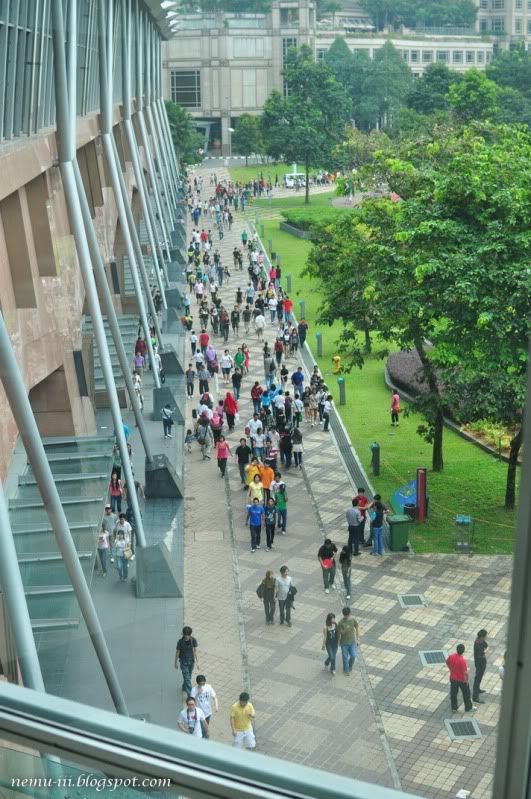
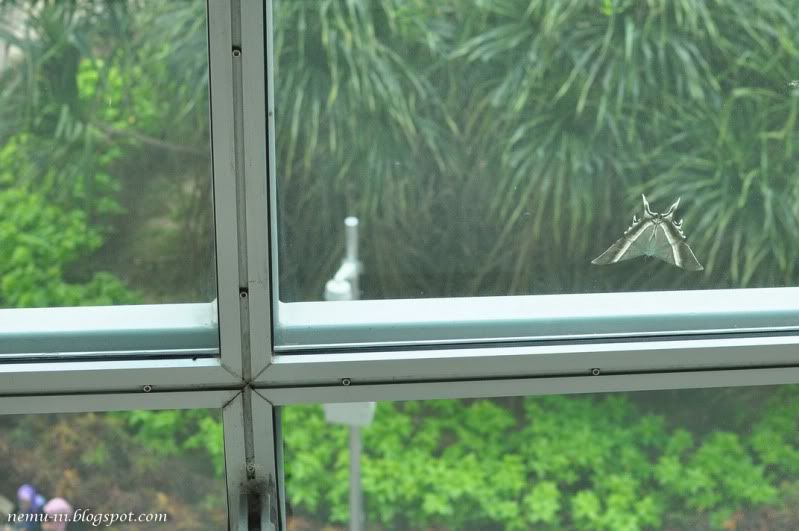

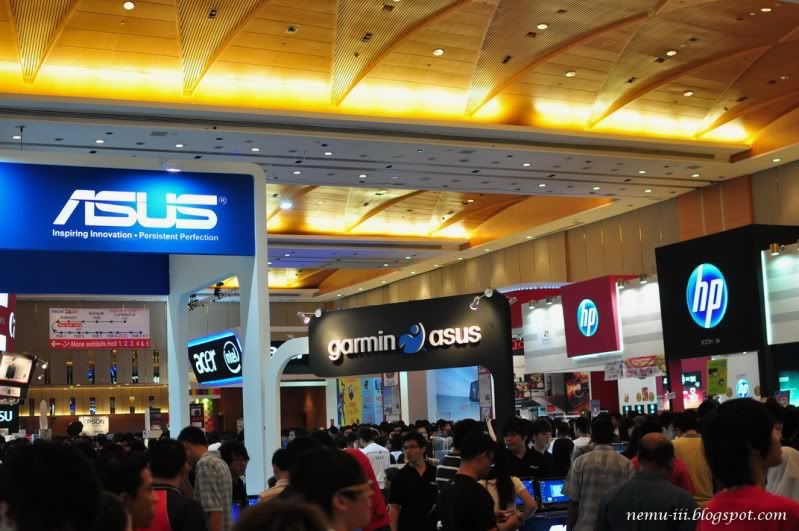
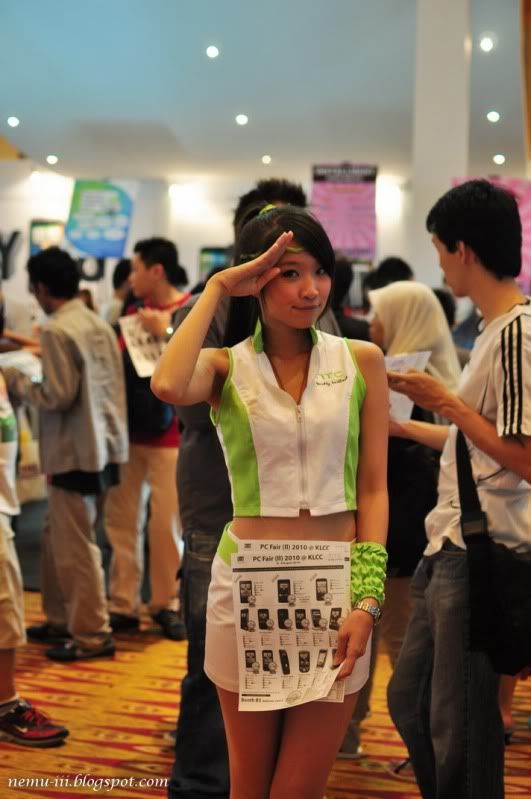
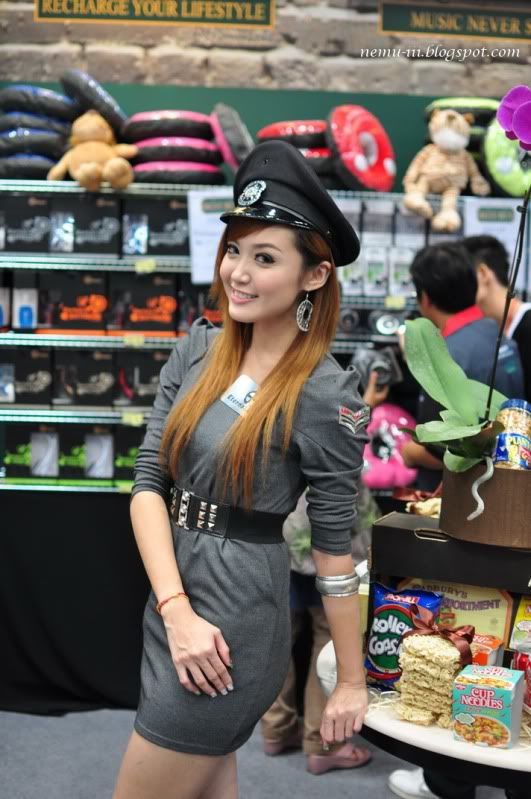
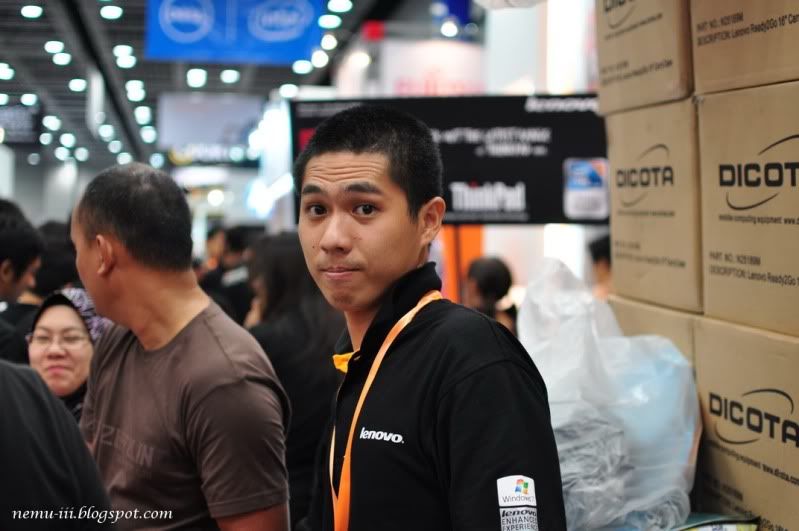
[Hmmm... The booth professional at Lenovo Hall 2]
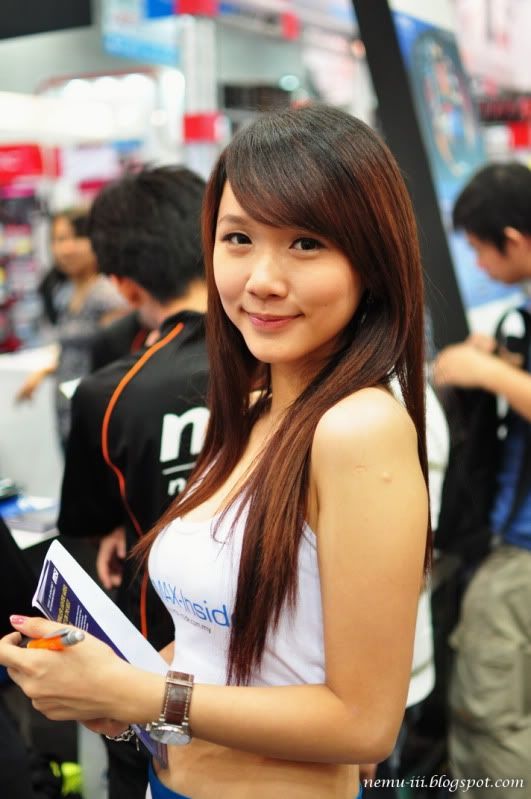
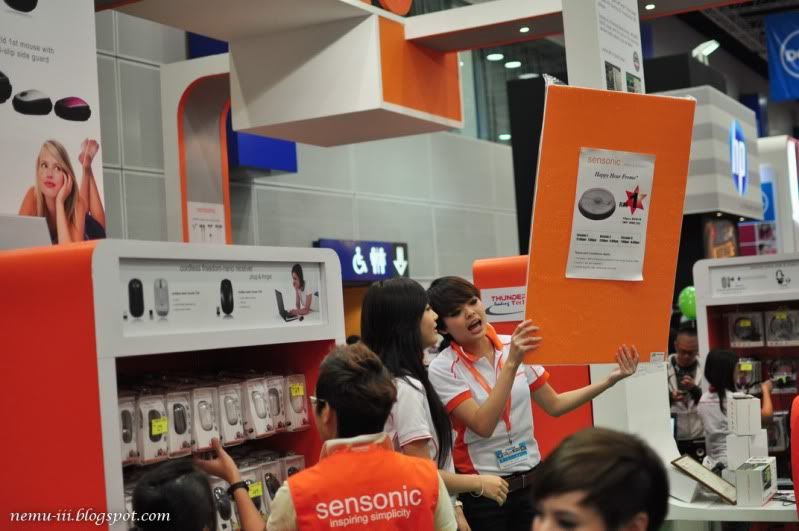
[They were shouting... Something like a 10-pac DVD for RM1, t&c is buy above RM10]
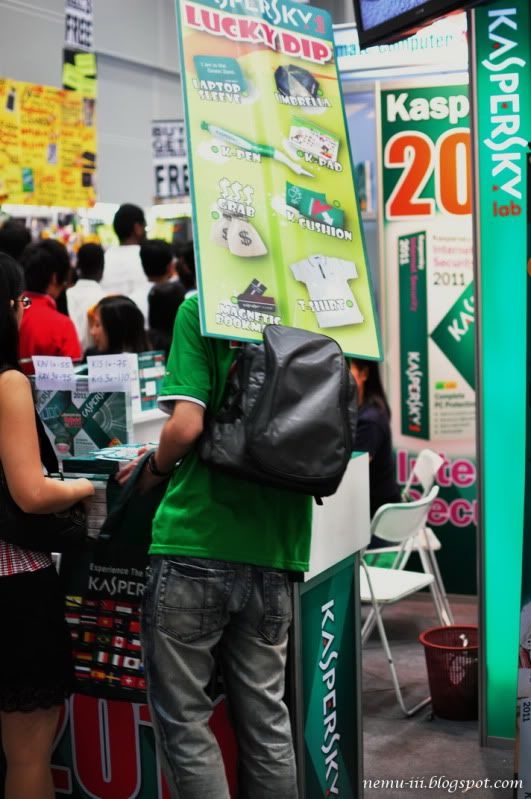

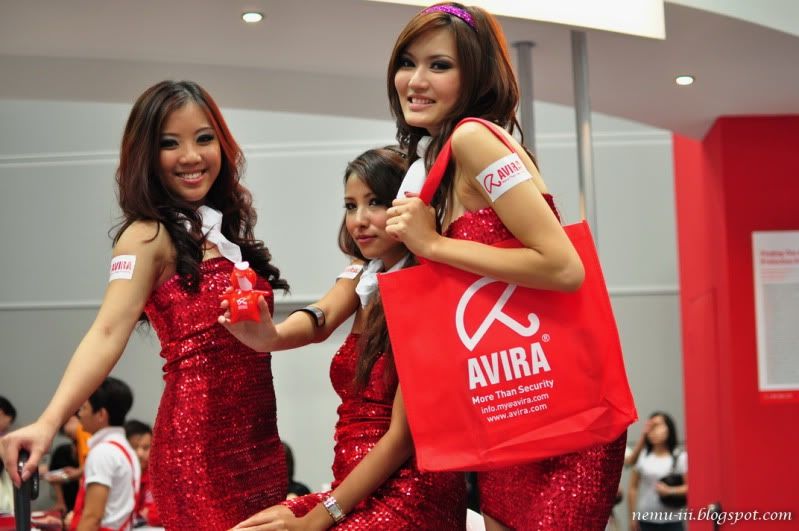
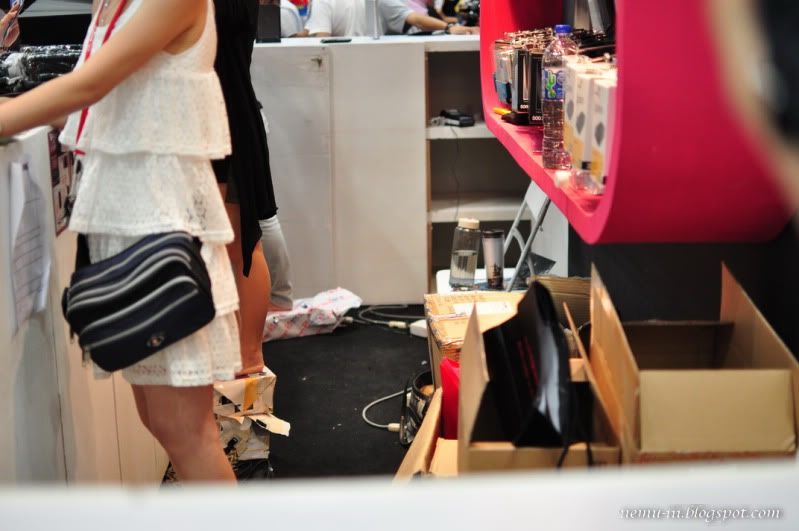
[The booths are tall...]
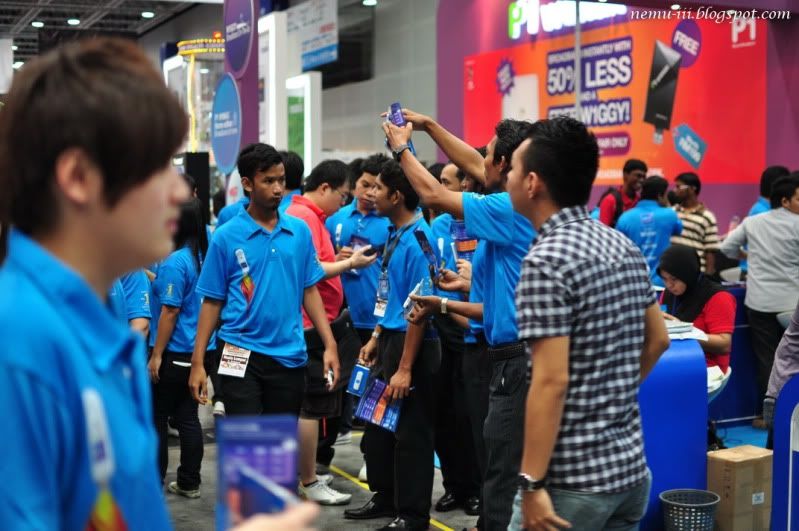
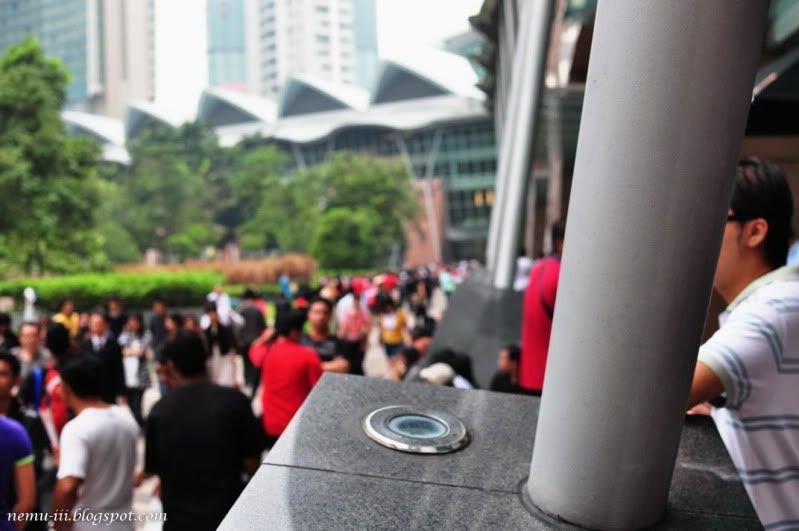
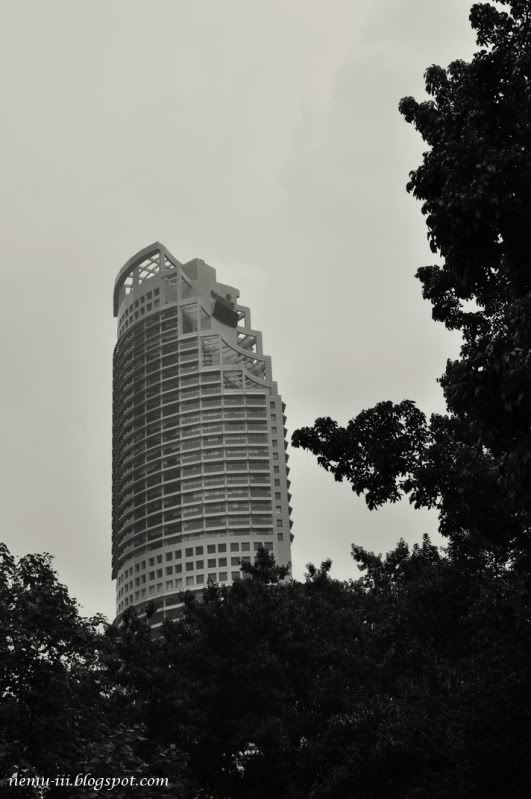
[Cloudy day... and this pic seems like a d*** coming out of a b*sh. Wakakakka, that's Maxis for you]
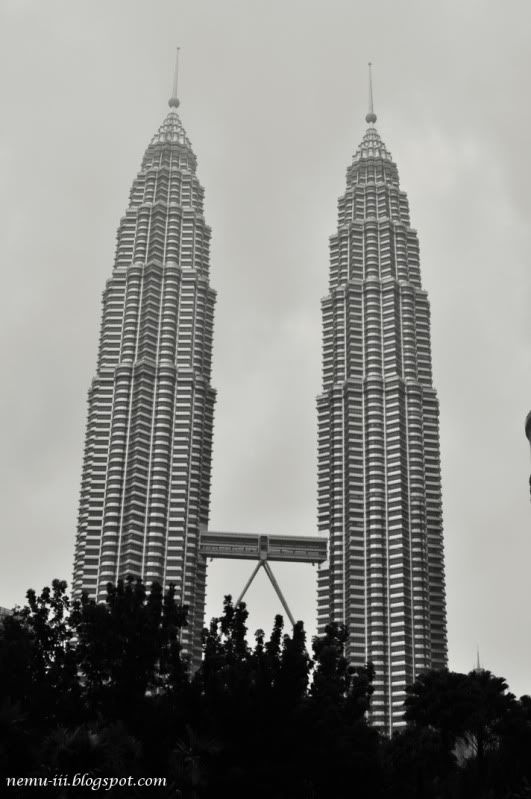
After hauling the big ass multifunction b/w laser printer for 1.7km, we head to the Curve for dinner... [another post about the printer... *$%#&@!!!!]
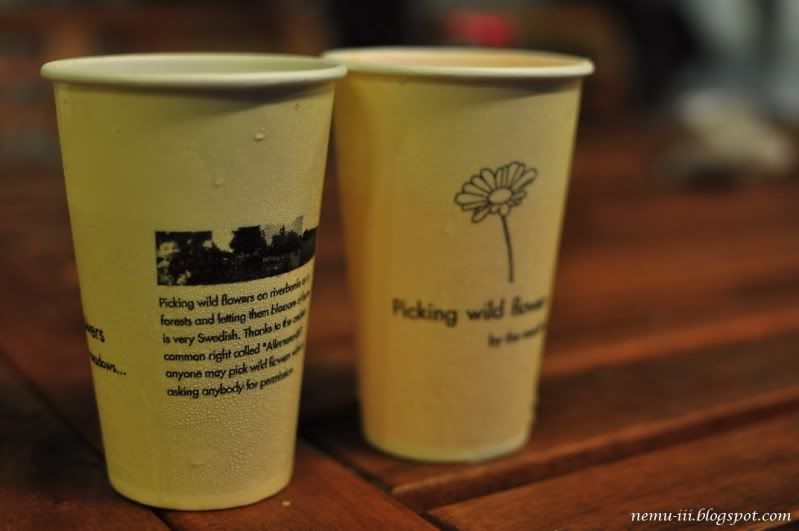
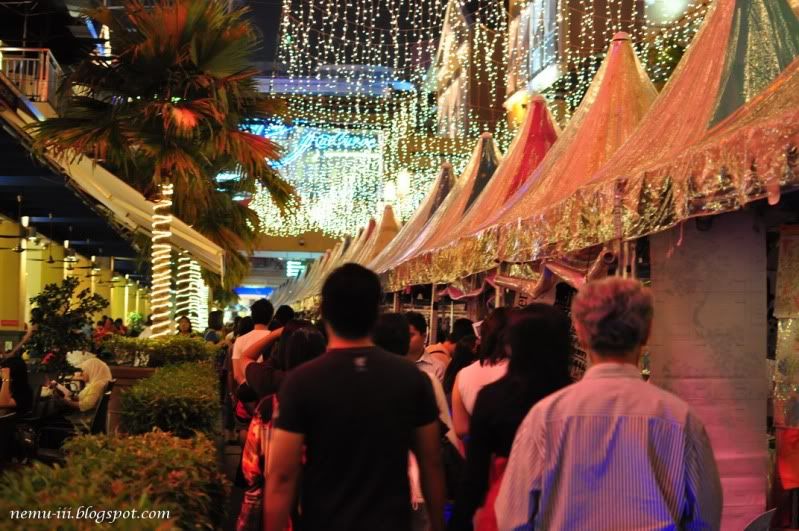
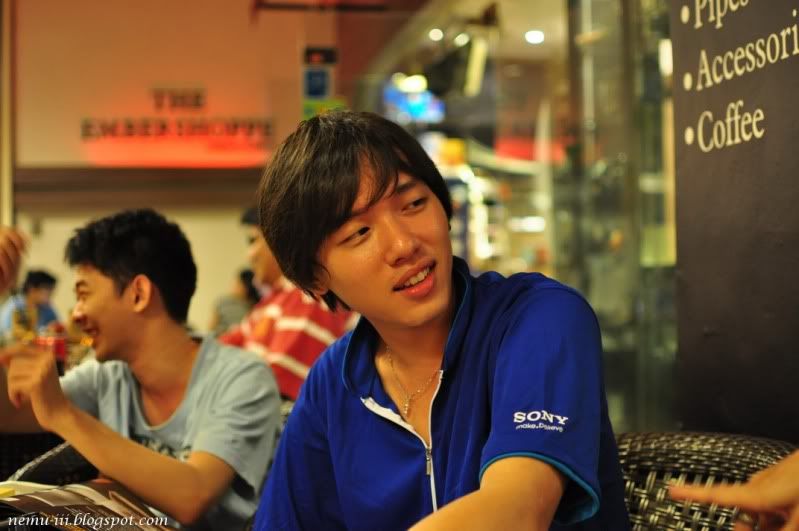
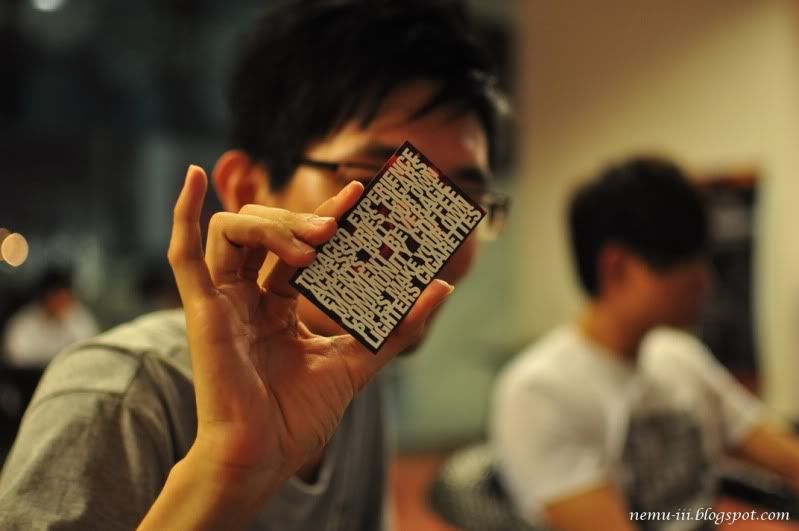
The conclusion:
1. At some point I would still prefer my 50mm lens as I'm used to frame with it.
2. Using the standard lens brought me some wide coverage, as in I don't have to reverse back for side to side shots. (22.5mm difference is quite a lot in wideness, considering)
3. Would I get it? I think that I would need more time to get used to the loaner lens..
Another thing is that, thanks to
Ng. PL for the loaner lens. Good lens, fast auto focus (and quiet too).
